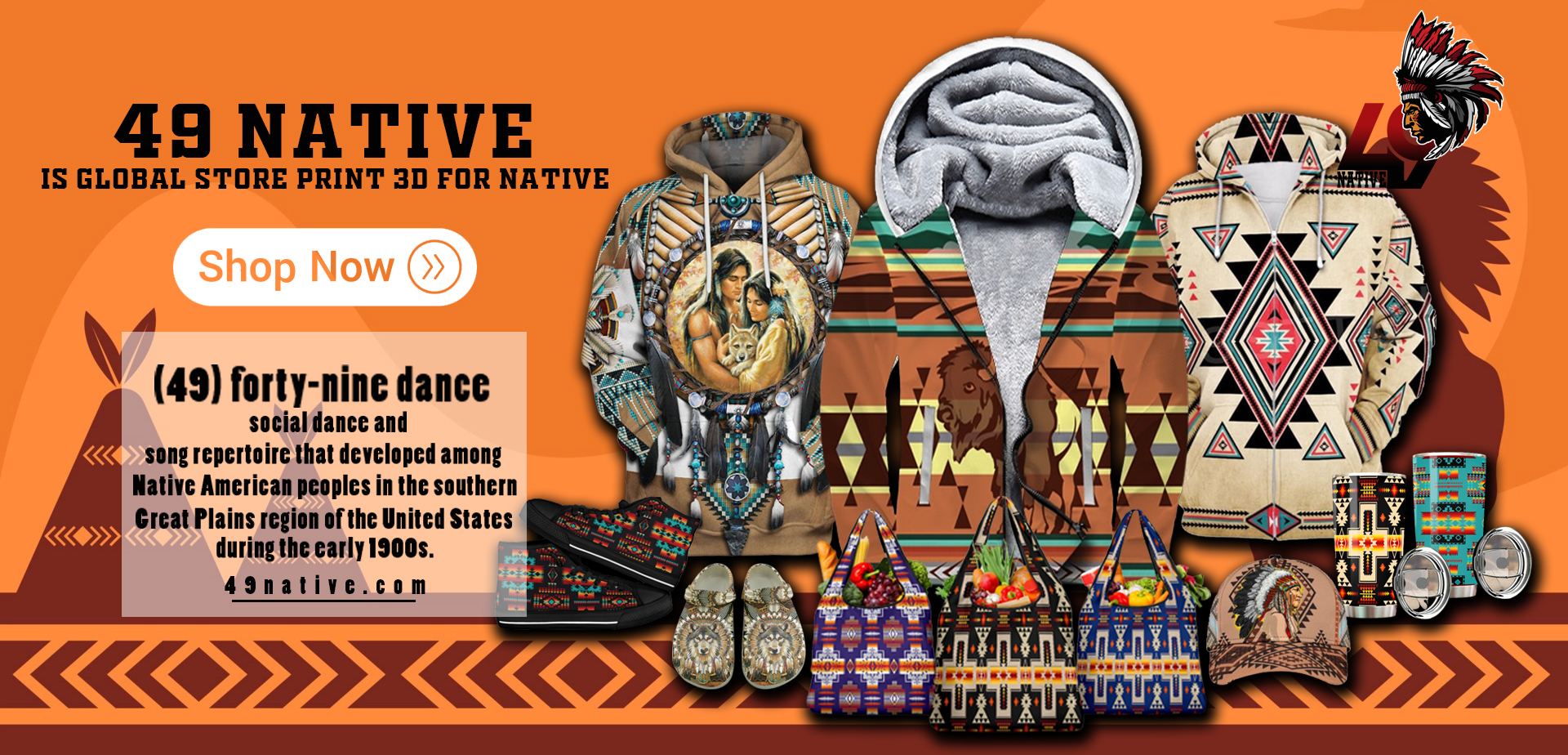How many native american tribes were there before colonization
It is fascinating to explore the rich and various history of Native American tribes. Their cultures, traditions, and contributions to the world are actually remarkable. In this weblog publish, we will delve into the compelling narratives of these indigenous communities, shedding gentle on their unique identities and the enduring legacies they've left behind. Prepare to embark on a captivating journey that will broaden your understanding and appreciation of the indigenous peoples who inhabited this land lengthy before colonization.
How many native american tribes had been there before colonization
It's challenging to envision a time before the United States held its place as a major world energy. Yet, it's crucial to move ourselves to an era when America had not but been profoundly impacted by New England settlers. Prior to the arrival of the first explorer on American shores, most notably Christopher Columbus in 1492, the land we now name America was owned, cultivated, and nurtured by Native American peoples. According to the Bureau of Indian Affairs, there are presently 574 nationally recognized Native American tribes. However, through the Pre-Columbian period, it is believed that over 1,000 Native American civilizations thrived, all within the geographic boundaries of what we now know as the United States. The term "Pre-Columbian" refers to the interval earlier than European or different exterior cultural influences took hold. While many of these teams were peaceful hunter-gatherer societies, variations existed based mostly on their geographical locations.
When we delve into the study of these Pre-Columbian civilizations, we are able to generally classify them into distinct categories: North Eastern Tribes, North Western Tribes, Southwestern Tribes, Southeastern Tribes, and Great Plains Tribes. Native Americans offered the foundational framework upon which this magnificent nation was constructed. Their belief systems, values, agricultural practices, cultural expressions, trend, and spirituality played pivotal roles in shaping the history of the United States and continue to influence the nation's up to date culture. It is important to recognize that without the enduring legacy of the Native Americans, the United States as we all know it right now wouldn't exist. To acquire a deeper understanding of these varied groups and their profound significance, please discuss with the following sections.
How many Native Americans have been there before America was colonized?
Estimating the population of Indigenous peoples within the Americas before European colonization has posed a difficult task. By the shut of the 20th century, most students leaned towards an estimate of round 50 million people, although some historians argued for figures as excessive as 100 million or more.
In an effort to bypass the Ottoman Empire's management over overland trade routes to East Asia and the Portuguese monopoly, granted by the Aeterni regis, on maritime routes along the African coast and the Indian Ocean, the rulers of the rising Spanish Empire chose to finance Christopher Columbus's expedition in 1492. This pivotal voyage eventually led to the establishment of settler-colonial states and the migration of tens of millions of Europeans to the Americas. As of 1492, the population of African and European settlers in the Americas started to develop steadily. Simultaneously, the Indigenous inhabitants started a sharp decline. This decline was attributed to a mixture of factors, together with the introduction of Eurasian diseases like influenza, pneumonic plagues, and smallpox, in addition to conflicts, pressured displacement, enslavement, incarceration, and direct warfare with European newcomers. These factors not only decreased Indigenous populations but also disrupted their traditional societies. While some students have characterised the extent and causes of this decline as a genocide, others have contested this label.

How many indigenous people lived in America before the conquest?

During the early levels of the Renaissance in Europe, the Americas were house to thriving empires with a population exceeding 60 million. However, the arrival of Europeans in 1492 launched illnesses that decimated the native inhabitants. This demographic catastrophe was so profound that it could have even had a cooling impact on the worldwide climate.
Determining the population of North, Central, and South America earlier than Christopher Columbus's arrival has been a longstanding problem for researchers. Unlike in Europe and China, there aren't any preserved information detailing the scale of Indigenous societies in the Americas previous to 1492. To estimate these population numbers, students have relied on the earliest accounts offered by European observers and post-colonial information of tribute payments known as "encomiendas." It's worth noting that the encomienda system was carried out after European diseases had already inflicted vital harm on the Americas, rendering it an unreliable indicator of pre-colonial populations.
Early reports by European colonists probably exaggerated settlement sizes and populations to showcase the wealth of their newly discovered lands to their European sponsors. Conversely, rejecting these claims and focusing solely on colonial data led to exceptionally low inhabitants estimates, accounting for the population after illness outbreaks.
On the opposite, extra beneficiant assumptions, such because the proportion of the Indigenous population subject to tribute payments or the mortality rates, resulted in terribly high estimates.
Our recent research sheds mild on the scale of pre-Columbian populations and their environmental influence. By consolidating native american inspired clothing from Indigenous populations throughout the Americas, we arrive at a possible determine of 60 million for the Indigenous inhabitants in 1492. To put this in perspective, Europe's inhabitants during the same period ranged from 70 to 88 million and occupied less than half the geographical space of the Americas.
How long were Native Americans in America earlier than colonization?
Upon their arrival, European genetic traits started intermingling with the indigenous population, and this genetic trade has persisted to the current day. European DNA can now be detected across the Americas, even within tribes which will seem remote or isolated. However, it is important to recognize that prior to Columbus's arrival, these continents have been already inhabited. The indigenous peoples did not all the time have an everlasting presence there, and their origins differ from a few of their cultural narratives. Nevertheless, they had established communities in the American lands for no less than 20,000 years.
How many Indians have been in America in 1492?

Researchers have produced various estimates for the pre-1492 inhabitants of the regions now forming the contiguous United States. In 1910, James Mooney initially approximated this inhabitants at round 846,000, later revising it to over 879,000. In 1939, Kroeber suggested that this figure was approximately 720,000 earlier than European arrival. 49 native clothing , in 1976, estimated the unique inhabitants of the contiguous United States to be over 1.85 million.
In 1981, Thornton and Joan Marsh-Thornton proposed an estimate of 1.845 million, intently aligned with Ubelaker's. However, additional analysis led Thornton to revise his findings, concluding that the Indigenous population numbered over 5 million in 1492 in the present-day contiguous U.S. He also estimated that another 2 million Native people resided in what's now Canada, Alaska, and Greenland.
In 1992, Stannard estimated that between 8 and 12 million Indigenous people lived in North America north of present-day Mexico. In 2014, Roxanne Dunbar-Ortiz advised that approximately 15 million Indigenous folks inhabited what would turn out to be the continental U.S.
